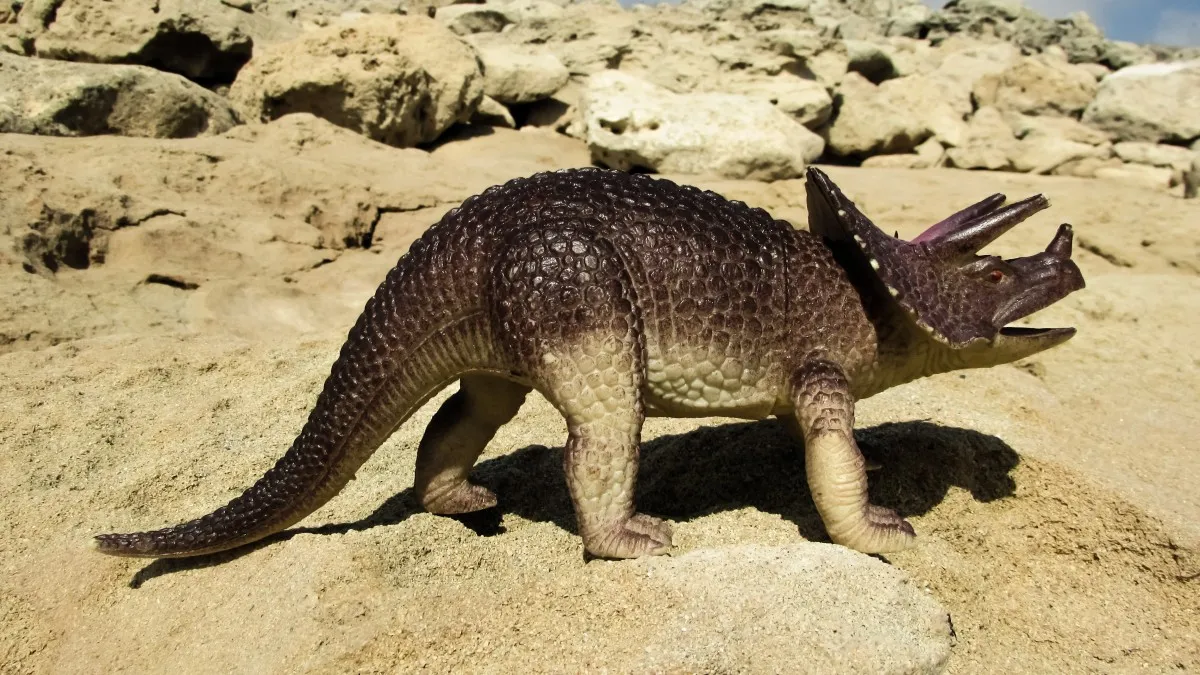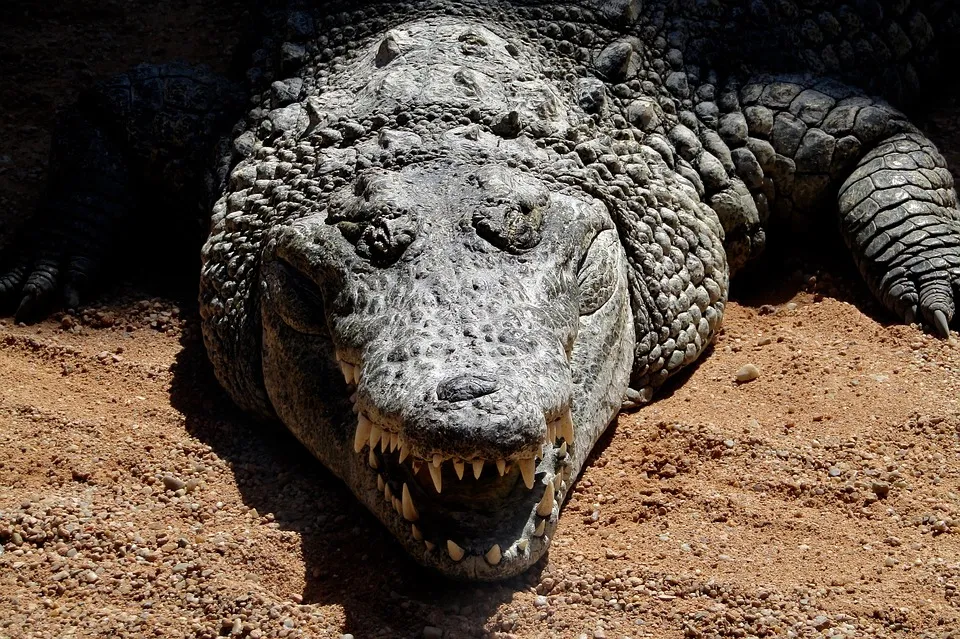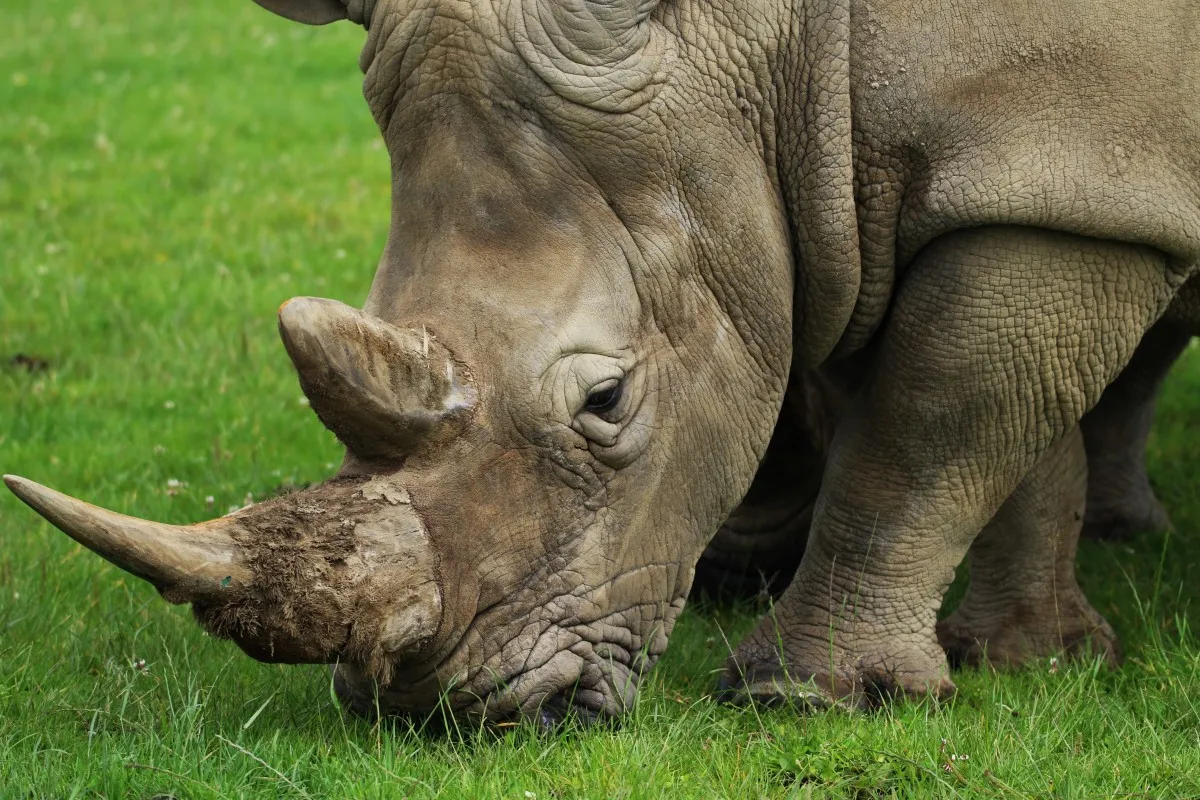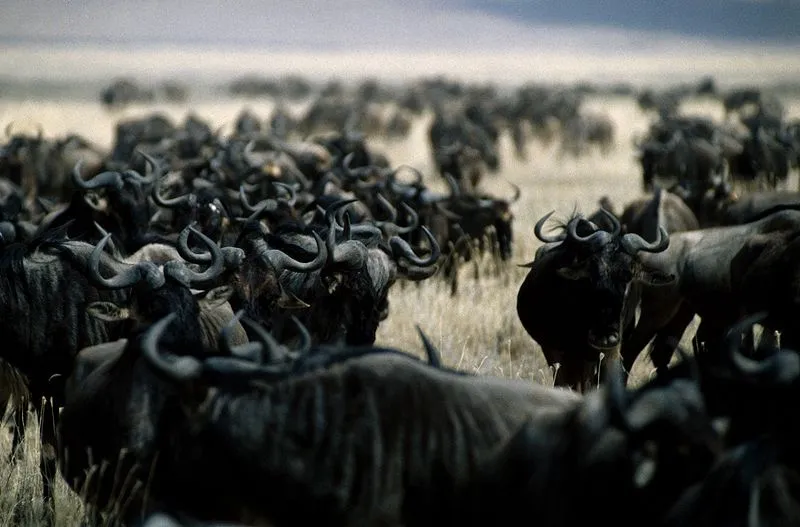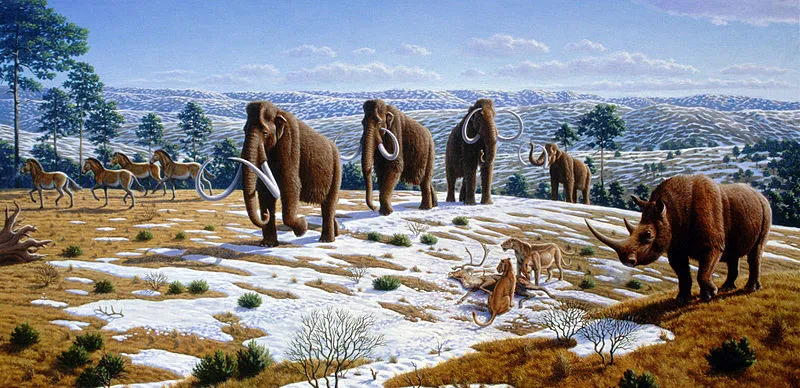
A lot of things happened for the past one week, I lost someone that I hold dear, I faced some problems with my research paper, and recently, I was told that one of my cousins was involved in an accident. What a stressful week! Enough is enough. I've decided to distract my mind a little bit by reading a science magazine yesterday. While flipping through the pages, trying to find something that I might be interested in, I stumbled upon the concept of extinction which caught my attention, in which, all of the information was obtained from one of the science fields of study called conservation. This particular domain entails the concept of biological diversity losses on Earth (extinction) and any measures that can be taken to prevent such tragedy.
Biological diversity (biodiversity) is any living organisms which inhabit the earth including its species, population, genes and ecosystem.
Extinction can be thought as an event which occurred resulting in the obliteration of individual biodiversity. Both of these aspects (biological diversity and extinction) are essential components of conservation which is designed to retain life's diversity at many levels of biological organisation. The study of conservation is broad; there are many factors which need to be considered when we're trying to determine the cause of extinction of a single species.
Any living organisms which survived the threat of extinction possibly lose much of their chances to be diverse as most of the local population which exhibit genetic variation are lost from the species' range. Sometimes, even if some of the species were able to retain the genetic diversity, at one point, the ecosystem was incapable of assuming their standard functions which cause it to shrink which may lead to the threat of extinction. All of these losses were studied under the roof of conservation which may yield an essential piece of information which is vital for the restoration of biodiversity.
The concept of extinction, conservation and ecology can be thought as the relationship between medicine and physiology. Physiology studies the way human's body operated while medicine deals with any particular abnormalities which could affect normal physiological function and the way to treat them. Medicine is a goal-oriented study, and so does conservation. Ecology act as a pointer to indicates in which range of function that can be considered normal in an ecosystem. If some factors or conditions pointed out to the abnormalities, this would be taken care of by conservation; recognising the biological or environmental pathology and executing some plans which could prevent consequences.
Even though conservation has been thought as entirely biological, some of the cause can be traced back to the negative consequences brought by human activities. This issue is particularly tricky as it involved multiple disciplines including:
- Economics
- Ethics
- Law
- Social Sciences
- Religion
I'll be dividing this article into 4 parts. All of them would be explaining the pathological features of extinction.
- #1; Identifying Number of Species
- #2: Extinction Rate
- #3; Factor Which Influences Extinction
- #4; Species Which Are Vulnerable To Extinction
This article would mainly discuss the estimated number of species in the ecosystem. This knowledge is important to a Taxonomist to calculate the rate of extinction of a particular species in order to classify them according to the risk of extinction.

Introduction to Extinction
I think the general public are well-informed that some of the human activities such as deforestation, logging etc. can directly or indirectly lead to the extinction of several species of living things. This phenomenon is quite different from the progression of natural extinction. When the number of a particular species is declining concerning its inability to adapt to certain climate changes, increase in predators and decrease in prey, this phenomenon is called as the progression to natural extinction.
They will be demolished from the surface of the earth due to their inability to cope with the ecological changes. It is worth noting that, when a particular species are obliterated due to natural extinction, their functions would be taken over by new emerging living creatures which could adapt to specific changes in the environment.
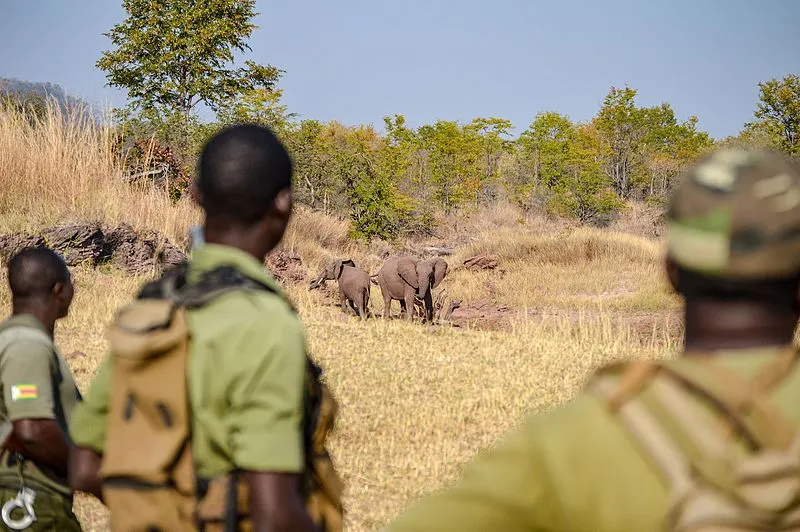
Direct extinction is an event whereby any particular species of living things are killed or ripped off from the face of the earth which lead to their destruction. This type of extinction is almost exclusive to the consequences of human's activities on the biodiversity. Poaching and hunting have been thought as favourite activities which led to the supposedly evitable consequences. Amur leopard, for example, has been illegally hunted for their skin which can be sold at a higher price especially in the black market. Before the invention of guns, people hunt for food and some clothing to make themselves comfortable. During that period, human's are said to live harmonious with nature; they kill for the sake of survival.
When guns were invented, the general purpose of hunting is still the same, to survive, but it was worth noting that, guns have made the massive destruction of animals, possible. People were not only hunting for food, but they were also hunting for sport. Hunting activities have been one of the activities which are carried out for amusement making extinction rate to increase rapidly.
Destruction of habitat is an activity which can lead to indirect extinction. Any actions which would lead to the obliteration of a particular species is an act which can contribute to indirect extinction. This phenomenon combined with direct extinction has made the extinction rate to be 1000 times faster than the natural progression, in which if no interventions are made will lead to an even higher percentage of extinction in the future.
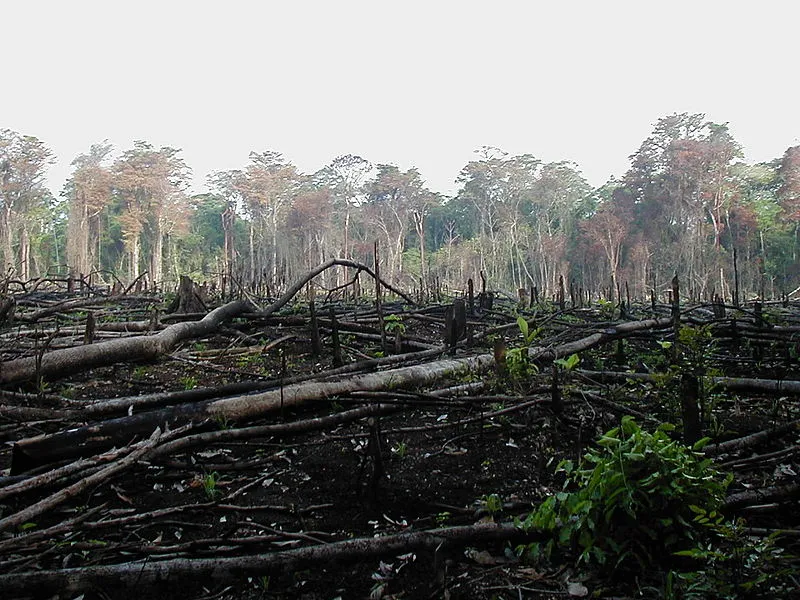
Estimated Figures of Species
It's important to know how many species are left out there in the ecosystem before we can calculate the estimated rate of extinction that could potentially affect a particular species. This is done to monitor the number of a specific species with respect to the natural progression of extinction or as a consequence of human's activity. However, to know the exact figures of species with a higher degree of certainty were not possible. This degree of uncertainty would lead to some problems with which would lead to higher degree of error in estimating the rate of extinction.
Even though there are 1.9 million species of living things which have been recorded by fellow Taxonomists, only 100,000 of that figures are comprised of:
- Invertebrates which are frequently collected such as snails and butterflies
- Some flowering plants
- Vertebrates who live on terrestrial
Out of the millions of species of living things that have been identified, 10,000 of them were birds in which are increasing year by year. The rate of discovery of new bird's species currently is two new species of birds per year.
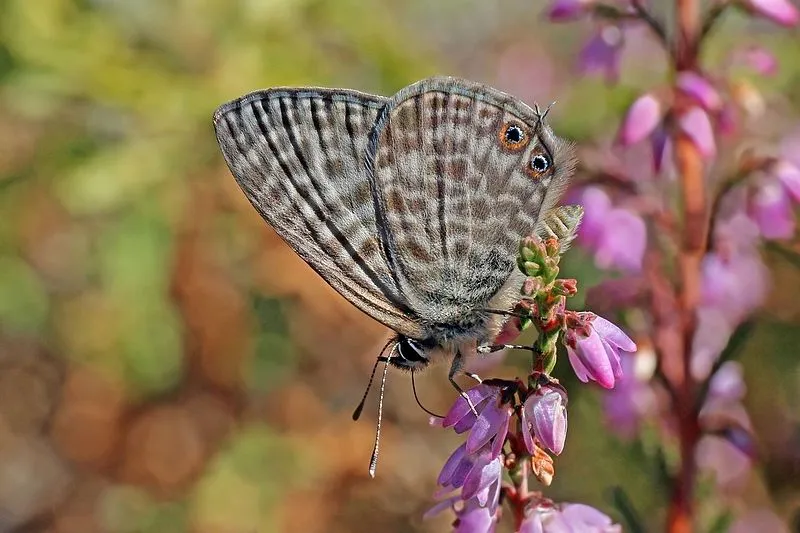
There are some risks of overestimation and underestimation of species number which could lead to an inaccurate calculation of the rate of extinction of a particular species. We can't say for sure whether any specimen which being examined has not been designated by any people in different countries or even different times. This would lead to an unusually high estimate of species number which would underestimate the actual rate of extinction. In a few environments such as the deep of the oceans and the rainforests, taxonomist estimated that there are many species which are yet to be discovered. This is a potentially significant error which hinders the progression of calculating an estimated number of a particular species for determining their extinction rate.
There are a few situations which illustrate the huge gap between described and undescribed species:
- The comparison between the number of fungi relative to angiosperms (flowering plants) is a potential source of error. It's estimated that there are 6 times more fungi than flowering plants, and the current number of flowering plants stand at 300,000. If the ratio being provided was, in fact, true, the number of fungi should be around 1.8 million species, but the number which has been discovered was only 70,000 species. That was a relatively wide gap between the known and the unknown.
- There are about 1 million species of insects which have been discovered, however, the estimated figure of this creature range from 10 to 100 times the number of species we are currently discovered. This number was estimated based on the finding of beetles which inhabit a species of tropical tree. One species of tropical tree alone harbour 163 species of beetle. There are more or less 50,000 distinct species of tree in the tropical forests all over the world which gives a potential number of 8 million species of tropical's beetles alone. As it is estimated 40% of the known insects are beetles, the number of insects potentially lives in a tropical forest alone could reach 20 million species.

The data at hand versus the number of species estimated to roam this earth told us, there are many creatures out there who were waiting to be discovered, but how accurate the estimation is? When the number of an actual species is an estimation, the rate could differ a hundredfold which translated as highly inaccurate. Predicting the number of species available to calculate the potential rate of losses is an arduous task.
The Classification of Endangered Species
It's imperative for us to identify the number of species out there which can be potentially on the brink of extinction so that appropriate measure can be taken. The International Union for Conservation of Nature (IUCN) plays a greater role in conserving biodiversity by instituting a list which is currently called as the Red List of Threatened Species to identify any potential species which could be threatened to total obliteration. There are currently 9 groups which are:
- Extinct (EX) - Any species which has been obliterated totally
- Extinct In The Wild (EW) - Only lives in conservation. There are no population exist in the wild
- Critically Endangered (CR) - Any species which have an extremely high probability to become extinct in the wild
- Endangered (EN) - Any species which have a high probability to become extinct in the wild
- Vulnerable (VU) - Any species which have a high probability to become endangered in the wild
- Nearly Threatened - Any species which have a high probability to become endangered in the future
- Least Concern (LC) - Lower risk of endangerment
- Data Deficient (DD) - There are no sufficient data to make a conclusion
- Not Evaluated (NE)
References and further reading materials
- Stuart L. Pimm. Encyclopaedia Britannica. Conservation. Retrieved March 19, 2018, from https://www.britannica.com/science/conservation-ecology
- YPTE. Extinction. Retrieved March 19, 2018, from https://ypte.org.uk/factsheets/extinction/what-is-extinction#section
- Wikipedia. Extinction. Retrieved March 19, 2018, from https://en.wikipedia.org/wiki/Extinction
- Wikipedia. IUCN Red List. Retrieved March 19, 2018, from https://en.wikipedia.org/wiki/IUCN_Red_List

